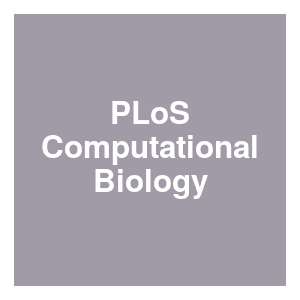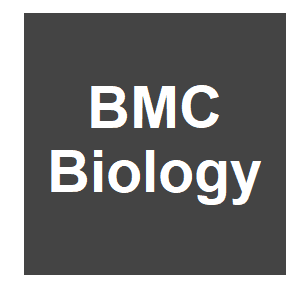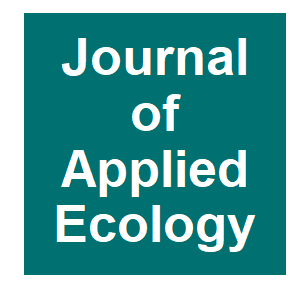
Keywords: simulation

|
MGDrivE 2: A simulation framework for gene drive systems incorporating seasonality and epidemiological dynamicsS. L. Wu, J. B. Bennett, C. H. Sánchez, A. J. Dolgert, T. M. León and J. M. Marshall, PLoS Comput Biol, 17:e1009030. 2021.
We present MGDrivE 2 (Mosquito Gene Drive Explorer 2): a significant development from the MGDrivE 1 simulation framework that investigates the population dynamics of a variety of gene drive architectures and their spread through spatially-explicit mosquito populations. Key ... Keywords: coupled chemical-reactions, extinction, fish, genetic biocontrol, invasive species, simulation, Trojan Y, Trojan Y-Chromosome eradication strategy |

|
Modelling the suppression of a malaria vector using a CRISPR-Cas9 gene drive to reduce female fertilityA. R. North, A. Burt and H. C. J. Godfray, BMC Biology, 18:98. 2020.
Gene drives based on CRISPR-Cas9 technology are increasingly being considered as tools for reducing the capacity of mosquito populations to transmit malaria, and one of the most promising options is driving endonuclease genes that reduce the fertility of female mosquitoes. Here, ... Keywords: coupled chemical-reactions, extinction, fish, genetic biocontrol, invasive species, simulation, Trojan Y, Trojan Y-Chromosome eradication strategy |

|
Simulation models from: Can CRISPER-mediated gene drive work in pest and beneficial haplodiploid species?J. Li and B. Tabashnik, Dryad, 2020.
Gene drives based on CRISPR/Cas9 have the potential to reduce the enormous harm inflicted by crop pests and insect vectors of human disease, as well as to bolster valued species. In contrast with extensive empirical and theoretical studies in diploid organisms, little is known ... Keywords: coupled chemical-reactions, extinction, fish, genetic biocontrol, invasive species, simulation, Trojan Y, Trojan Y-Chromosome eradication strategy |

|
Simulating effects of fitness and dispersal on the use of Trojan sex chromosomes for the management of invasive speciesC. C. Day, E. L. Landguth, R. K. Simmons, W. P. Baker, A. R. Whiteley, P. M. Lukacs and A. Bearlin, Journal of Applied Ecology, 2020.
The use of Trojan Y chromosomes (TYC) for controlling invasive species involves manipulating the sex chromosomes of captive-raised individuals. Following release, the offspring of these individuals consist of only one sex, thereby skewing the sex ratio of the invasive population ... Keywords: coupled chemical-reactions, extinction, fish, genetic biocontrol, invasive species, simulation, Trojan Y, Trojan Y-Chromosome eradication strategy |

|
Stochastic models for the Trojan Y-Chromosome eradication strategy of an invasive speciesX. Y. Wang, J. R. Walton and R. D. Parshad, Journal of Biological Dynamics, 10:179-199. 2015.
The Trojan Y-Chromosome (TYC) strategy, an autocidal genetic bio-control method, has been proposed to eliminate invasive alien species. In this work, we develop a Markov jump process model for this strategy, and we verify that there is a positive probability for wild-type females ... Keywords: coupled chemical-reactions, extinction, fish, genetic biocontrol, invasive species, simulation, Trojan Y, Trojan Y-Chromosome eradication strategy |

Contact
David O’Brochta
Foundation for the
National Institutes of Health
geneconvenevi@fnih.org
RSS

